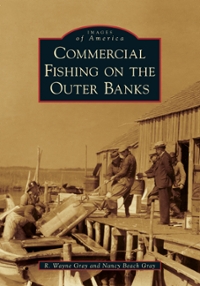Question
FIRM COST STRUCTURE AND PERFECTLY COMPETITIVE MARKETS As highlighted in this week's Learning Resources, typical firms in perfectly competitive markets will find the optimal ways
FIRM COST STRUCTURE AND PERFECTLY COMPETITIVE MARKETS
As highlighted in this week's Learning Resources, typical firms in perfectly competitive markets will find the optimal ways to use and allocate their resources to be as efficient as possible and achieve success in the long run. In part, this outcome is due to the nature of firm cost functions and their influence on output and pricing decisions related to profit maximization. For example, if there are two vegetable sellers at a farmer's market, they may not be able to compete with each other in price because of how low the prices are already. However, if one seller has to hire help to grow the vegetables and the other has found a more efficient way to grow them without help, then that other seller will likely be able to stay in business longer because there are no payroll expenses.
In this Assignment, address concepts of cost structure and perfectly competitive markets, including the relationship between a typical firm's cost functions and its pricing and output decisions.
- Using the definition and characteristics of perfectly competitive industries, explain whyin the long runfirms earn zero economic profits. Does this mean that competitive firms earn zero accounting profits?
- Joe's Widget Factory operates in a perfectly competitive industry. Joe's fixed and variable costs are given in the table below. He is a price taker and can sell as many widgets as he produces for $10 each. Complete the table using the provided link and respond to the following questions. Besides referring to your table to support your answers, include references from the course materials on profit-maximizing rules for competitive firms.
- What is the profit maximizing (or loss minimizing) level of output in the short run?
- What is the profit maximizing level of output in the long run?
- What are the shut-down prices in the short run and long run?
- What is the firm's supply curve?
| Widgets Produced | Fixed Costs | Variable Costs | Total Costs | Average Variable Cost | Average Total Cost | Marginal Cost | Price = MR | Profits |
|---|---|---|---|---|---|---|---|---|
| 0 | 25 | 0 | 10 | |||||
| 1 | 25 | 8 | 10 | |||||
| 2 | 25 | 15 | 10 | |||||
| 3 | 25 | 23 | 10 | |||||
| 4 | 25 | 32 | 10 | |||||
| 5 | 25 | 42 | 10 | |||||
| 6 | 25 | 53 | 10 | |||||
| 7 | 25 | 65 | 10 | |||||
| 8 | 25 | 78 | 10 | |||||
| 9 | 25 | 92 | 10 |
- Based on your answers to the previous set of questions, assuming there are 100 identical firms in the widget industry, construct a table showing the industry supply curve. Then, explain what you expect will happen over time to the number of firms in the industry and the equilibrium industry price of widgets.
Note:For each prompt, be sure to reference at least one scholarly source to support your answer.
Step by Step Solution
There are 3 Steps involved in it
Step: 1

Get Instant Access to Expert-Tailored Solutions
See step-by-step solutions with expert insights and AI powered tools for academic success
Step: 2

Step: 3

Ace Your Homework with AI
Get the answers you need in no time with our AI-driven, step-by-step assistance
Get Started


